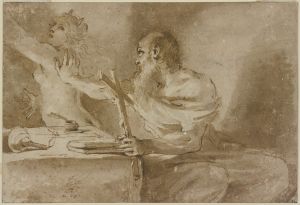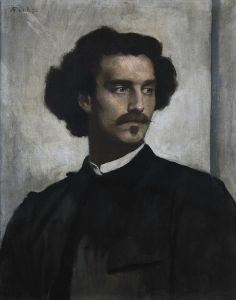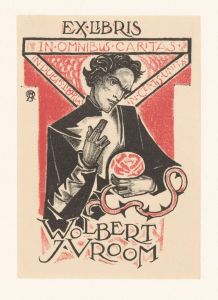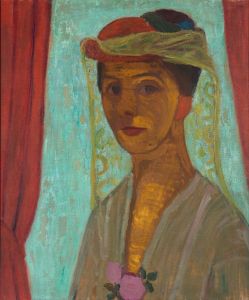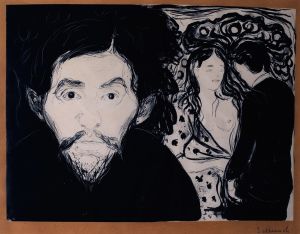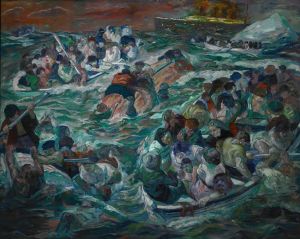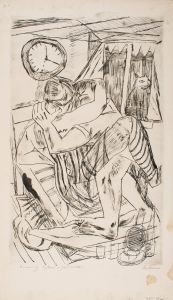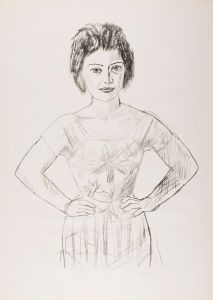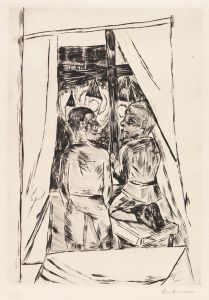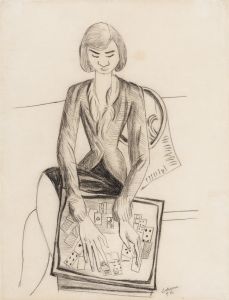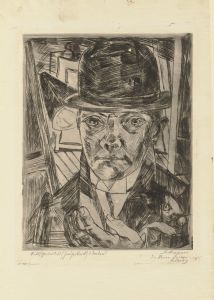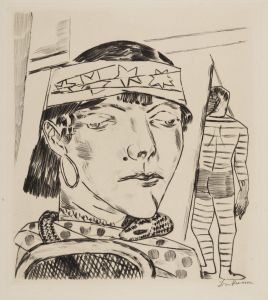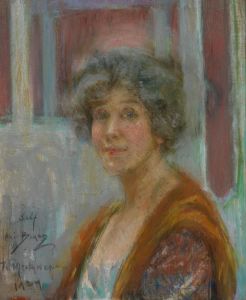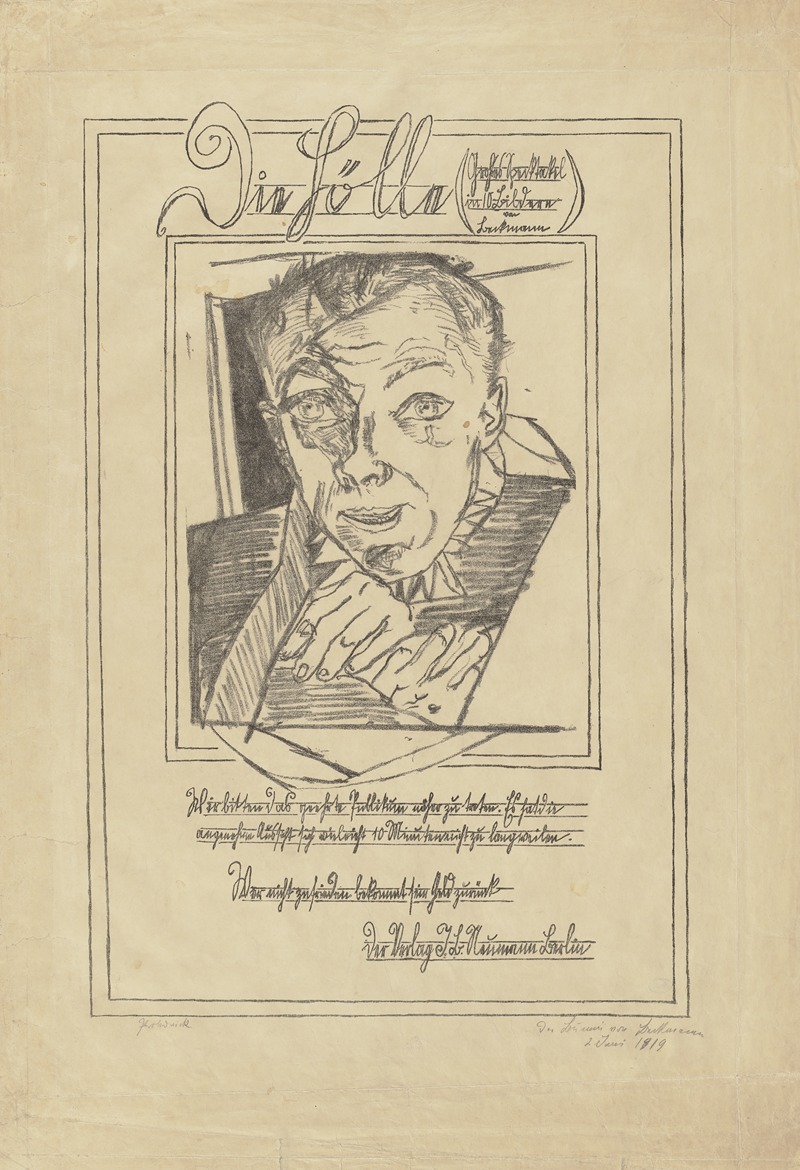
Self-Portrait
A hand-painted replica of Max Beckmann’s masterpiece Self-Portrait, meticulously crafted by professional artists to capture the true essence of the original. Each piece is created with museum-quality canvas and rare mineral pigments, carefully painted by experienced artists with delicate brushstrokes and rich, layered colors to perfectly recreate the texture of the original artwork. Unlike machine-printed reproductions, this hand-painted version brings the painting to life, infused with the artist’s emotions and skill in every stroke. Whether for personal collection or home decoration, it instantly elevates the artistic atmosphere of any space.
Max Beckmann's Self-Portrait is one of the numerous self-portraits created by the German painter, draftsman, and printmaker Max Beckmann (1884–1950). Beckmann, a leading figure of the New Objectivity movement, frequently used self-portraiture as a means of exploring his identity, emotions, and the turbulent historical context in which he lived. His self-portraits are notable for their psychological intensity and their ability to convey the complexities of his personal and professional life.
Beckmann painted self-portraits throughout his career, and they often reflect the shifting circumstances of his life, including his experiences during World War I, his rejection of the Nazi regime, and his eventual exile. His works are characterized by bold, expressive lines, a strong sense of structure, and a vivid use of color. Beckmann's self-portraits often depict him in formal attire, emphasizing his role as an artist and intellectual. They also frequently include symbolic elements that hint at his inner thoughts and the broader cultural and political environment of the time.
One of Beckmann's most famous self-portraits is Self-Portrait in Tuxedo (1927), which exemplifies his confident and assertive style during the Weimar Republic era. In this work, Beckmann presents himself as a sophisticated and self-assured figure, dressed in formal evening wear and gazing directly at the viewer. The painting reflects his belief in the dignity and importance of the artist, as well as his awareness of his own status within the art world.
Another notable self-portrait is Self-Portrait with Horn (1938), created during his time in exile in Amsterdam after fleeing Nazi Germany. This work is more introspective and somber, reflecting the uncertainty and isolation Beckmann experienced during this period. In the painting, he holds a horn, a recurring motif in his work that has been interpreted as a symbol of artistic creativity and personal expression.
Beckmann's self-portraits are widely regarded as some of the most compelling examples of self-representation in 20th-century art. They offer a window into the artist's psyche and provide a visual record of the dramatic social and political changes that shaped his life and career. Today, his self-portraits are held in major museum collections around the world and continue to be studied and admired for their artistic and historical significance.
If you are referring to a specific self-portrait by Max Beckmann that is not widely documented, additional details may be required to provide a more precise description.





